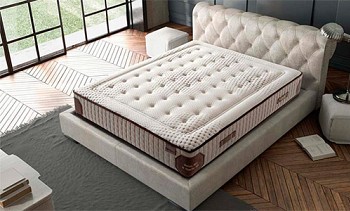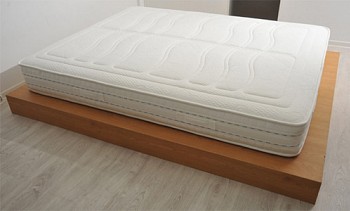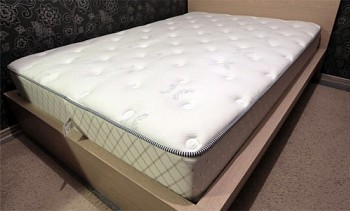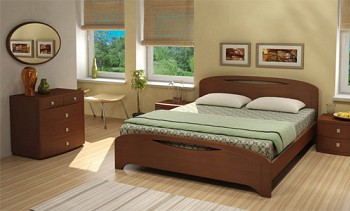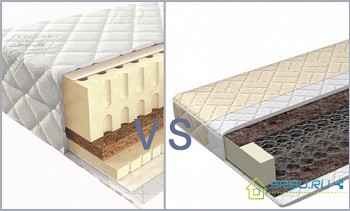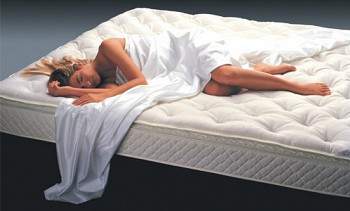What you need to know about the sizes of mattresses and how to choose the right mattress of the right size
When the bed and the mattress are ideally suited to each other, we do not notice this at all. We just sleep at night in comfort, getting up in the morning fresh and rested. The lack of harmony in the sizes of these two products for sleeping is felt instantly - a large mattress is humped, and too small is not able to close the entire opening of the bed. Given that the sizes of mattresses manufactured today can vary greatly, when buying this product, you need to carefully consider the sizes.
If you buy a mattress at random, only by external parameters, then you can be severely disappointed afterwards. After all, even a luxurious orthopedic mattress of excellent quality, not suitable for the size of the bed, can deliver many unpleasant minutes, hours and nights. To prevent this from happening, consider the dimensions of the mattresses manufactured today and how to choose the right mattress for your bed.
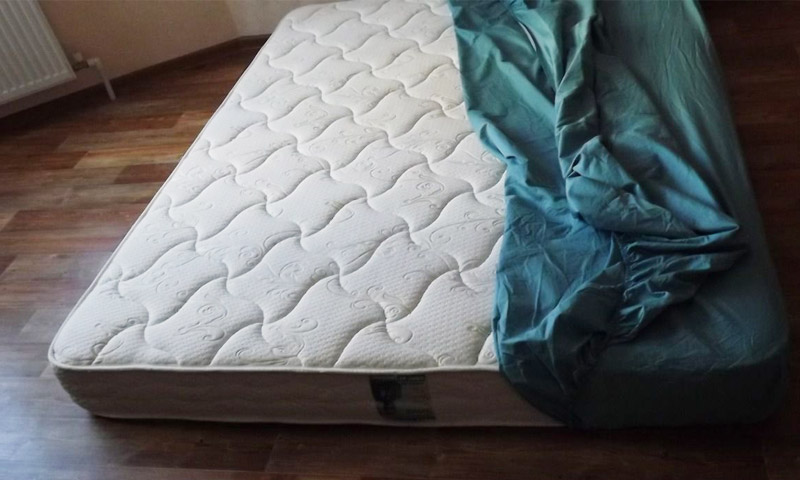
Content:
What you need to know about mattress sizes
In European countries, they use markings different from America - and this is often a snag. If in France or Italy, centimeters are the basis, then in the USA it is inches. So, having bought an Italian bed, and do not dream of picking up an American mattress for it, since it will be either too large or too small - there is no third. For example, a mattress with the “royal” name King size has a length of 80 inches and a width of 78 inches. Counting on European standards, we get fractional numbers: 203.2 and 198.1 centimeters. It turns out that in length it does not fit into a standard bed (2 meters) made in Russia, France or Italy, and in terms of width it cannot be found a suitable product.
In order not to suffer, you can do simply - take and buy a mattress with a bed of the same brand. If it does not work, at least the country of origin, choose the same one. For the most fastidious buyers, there is another way - to order a mattress by individual standards. As a rule, both domestic and foreign manufacturing plants include such a service in their price list. However, well-known brands are trying to keep the brand: for their models, the sizes of mattresses for beds are presented in a wide variety. Expensive products are produced in both European and American size ranges.
Standard mattress sizes for children and adults
Mattresses for adults
For all rectangular mattresses, the standard length can be 190, 195 or 200 centimeters. But in width they differ:
| Number of beds and design | Standard sizes |
|---|---|
| Single mattresses | 80 x 190 cm; 80 x 195 cm; 80 x 200 cm. |
| One and a half mattresses | 120 x 190 cm; 120 x 195 cm; 120 x 200 cm. |
| Double mattresses | 140 x 190 cm; 140 x 195 cm; 140 x 200 cm; 160 x 190 cm; 160 x 195 cm; 160 x 200 cm; 180 x 190 cm; 180 x 195 cm; 180 x 200 cm; 190-200 x 190 cm; 190-200 x 195 cm; 190-200 x 200 cm. |
| Non-standard mattresses are called a round bed bed. However, for them there are certain standards for diameters: | |
| Round mattresses | Small mattresses are products with a diameter of Ø 200 cm; The middle mattresses have a diameter of Ø 220 cm; Mattresses with a diameter of Ø 230 cm are considered large. |
Children's mattresses
And the newly born babies in the beds also have mattresses made according to certain standards. Most often they have a length of 120 centimeters, and a width of 60 centimeters. If the crib is designed for an older child, then a mattress for it is needed more - 70/140 centimeters. It should be noted that today manufacturers can pamper us with a variety of sizes of children's mattresses. Their width lies in the range from 60 to 80 centimeters, and the length is from 120 to 160 centimeters.
Now it’s worth talking about the thickness, which in a mattress without springs can range from 6 centimeters to 12 - 13 centimeters. If the mattress has springs, then it may well be a height of 16 - 18 centimeters. By the way, sometimes this characteristic is of paramount importance - after all, some models of cribs should be equipped with a mattress of a specific thickness. In such cases, this is indicated in the product passport.
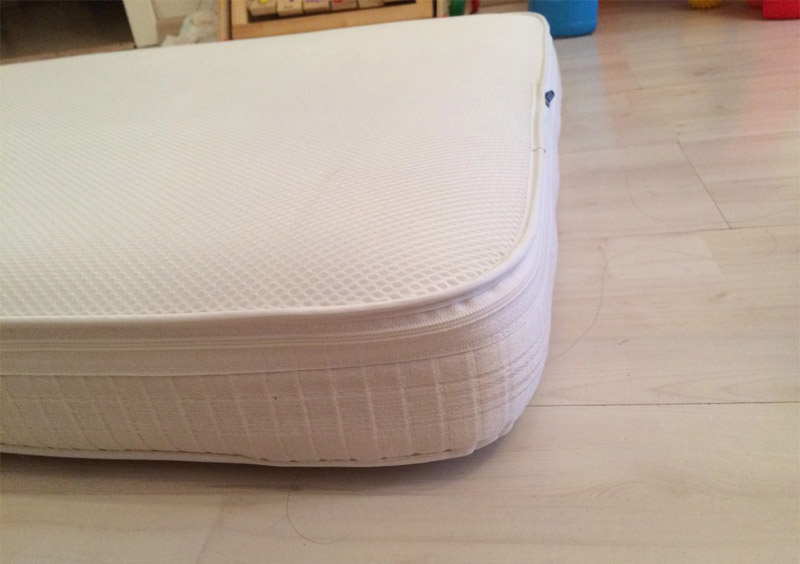
How to choose a standard size mattress
It is already clear that when choosing a mattress, you need to proceed from the size of the bed. The mattress should fit exactly into its inner perimeter in length and width. However, its height should correspond to its dimensions. Usually in the technical specifications of the bed all these dimensions are indicated, you just need to carefully study them before buying. Although the seller can tell you all this, he probably knows. Well, if you just change the mattress on the old bed, then you have to work with a tape measure, measuring the inside of the perimeter of the bed. The resulting numbers will be the size of the required mattress.
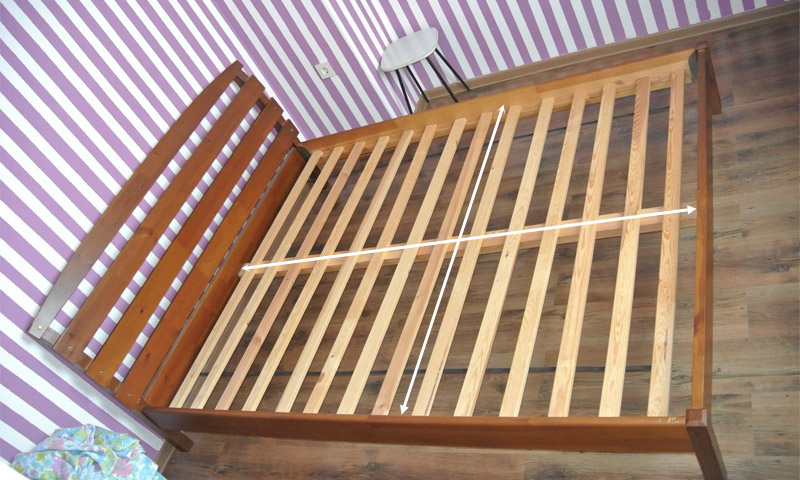
Measurements should not be taken from the old mattress - after all, over the years of use, he managed to cram and deform. Therefore, we measure only the bed, and then look at what happened. Suppose we have a width of 159 and a length of 200 centimeters (or a width of 80 and a length of 201 centimeters). This is nothing - an error of 1 centimeter or less is completely allowed. So you can go for a standard mattress (160 centimeters wide in the first case and 200 centimeters long in the second).
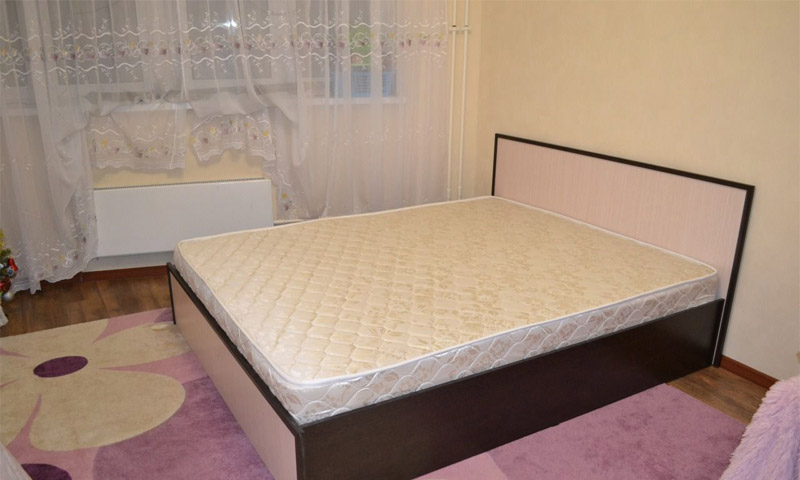
But with deviations of 2, 3 centimeters, or even more, you need to order sleeping products exactly in size. Rounding up or down is unacceptable. In the latter case, for example, the upholstery will wear out very quickly due to friction. Only a dense (but without reserve) entry of the mattress into the recess of the bed will give you the necessary comfort, and the product will have a long life.
Determined with the length of the mattress
Based on the standard sizes of mattresses, the most common mattress length is 200 cm. However, if you have not grown over 175 centimeters, you can comfortably sit on a shorter mattress - 190 centimeters. Still on sale is often the average size - 195 centimeters. To make you comfortable in a dream, the mattress should be “15 centimeters” taller than you — no less.
Mattress height
Basically, the height of the mattress (aka thickness) depends on your tastes. However, any orthopedic model should, at least a little, but rise above the side of the bed. More obese people can be advised to higher products - because they will inevitably bend. And now about specific parameters:
- Mattresses that do not have springs are usually made with a thickness of 16 centimeters. However, they can be lower (15 centimeters), and higher (up to 24 centimeters). Thin products - from 2 to 10 centimeters - are suitable only as mattress covers. For example, they can be laid on an old sofa with pressed springs.
- Products with springs inside produce a standard height of 20 to 22 centimeters. Also in stores models with a thickness of 18 to 32 centimeters are sold. There are also higher half-meter models, considered elite.
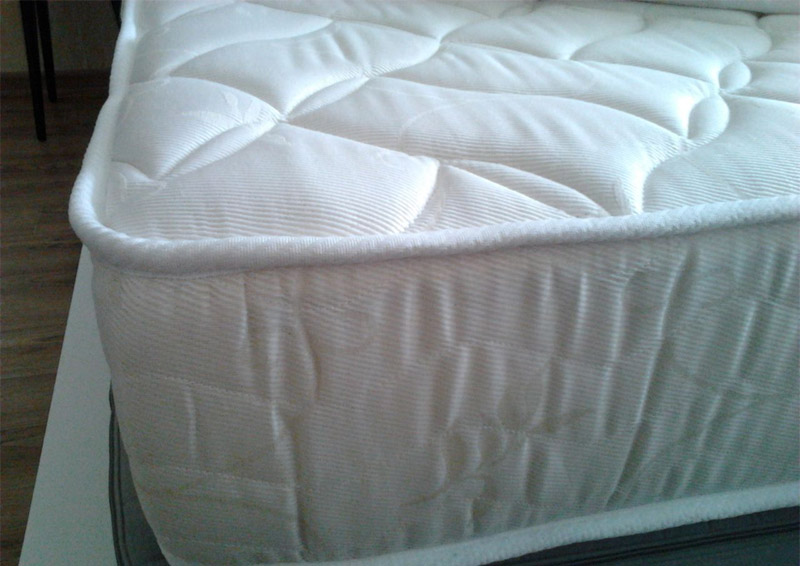
Mattress Width
The width of the model mattresses are conditionally divided into single and double, sometimes one and a half are distinguished.
- The single mattress has a width of 80 - 90 centimeters. A one and a half mattress more comfortable for one person is wider - 120 centimeters. You can’t get enough sleep on it together, but for one - it’s gorgeous.
- A double mattress can have a width of 140 to 200 centimeters (in increments of 20 centimeters). Here, there is also a certain standard of width - 160 centimeters. It is on these sizes that most double bedding sets are sewn. Well, models with a width of 180 centimeters are suitable for families with a baby who loves to soak in the parents bed.
- A round mattress, as already mentioned, can be small (diameter - 200 or 210 centimeters), medium (220 centimeters) and large (230 or 240 centimeters).
What to do if you need a custom size mattress
Sometimes you don’t want to be like everyone else, and people order something or something like that for themselves or their children. For example, a diamond-shaped, oval or figured bed. But after all, the sizes of orthopedic mattresses produced today are clearly not suitable for such fantasy products. Therefore, there is only one option - the mattress needs to be made to order. In general, this is not a problem - there would be money. Factories are usually willing to take on such work.
But you yourself can choose fillers, upholstery, the number of layers, and also determine whether there will be springs in the mattress, and which ones. As for the price, the surcharge for non-standard products is usually 5 - 10 percent. Such mattresses are produced in increments of - 5 centimeters.

